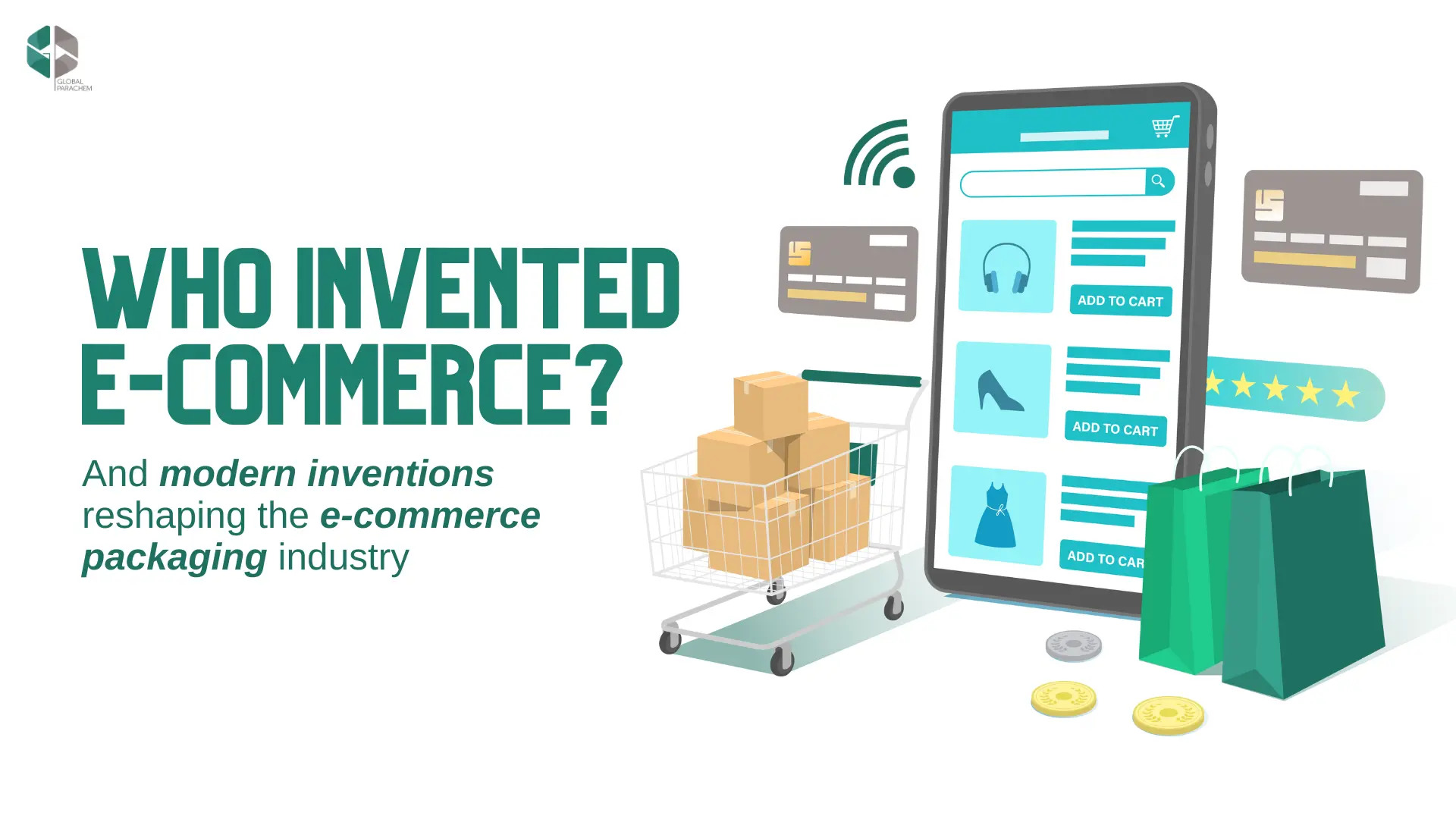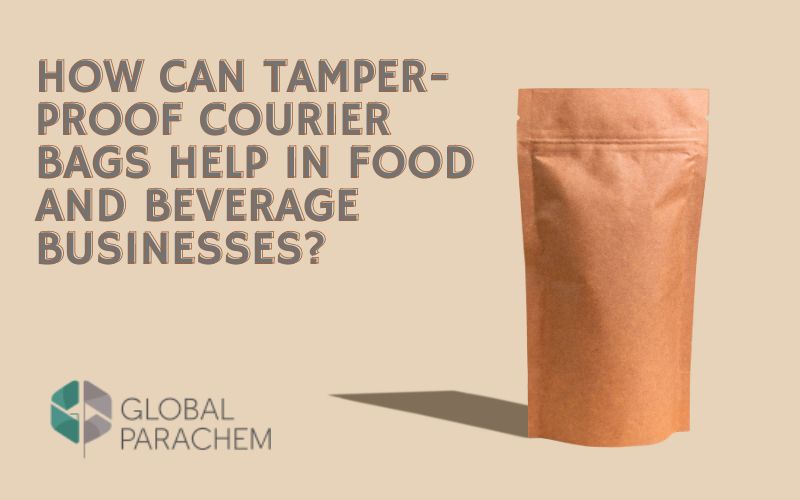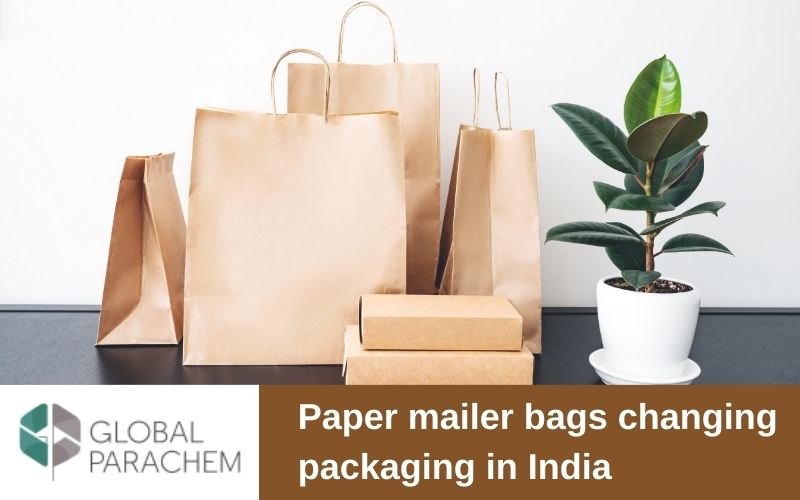
The internet is perhaps the most significant advancement of our age, a close second is what it enabled: e-commerce. Now there are still some of us left alive who remember a time when neither internet nor e-commerce were nowhere to be found in a dictionary, but all of us know what they mean and how transformative they have been in our evolution. However, we must not be unkind to the past, for it is there when the first renderings of both the internet and e-commerce were incepted.
Bill Gates didn’t create the internet, he broke it. Jeff Bezos did not invent e-commerce, he merely perfected it. In this article, we’ll go through the history of e-commerce keeping digital developments beside: their paths entirely inextricably entwined.
The 60s man, the 60
Of course, the story begins in THAT year: 1969, maybe the greatest most significant year in living memory. Woodstock, Vietnam war, hippie counter-culture, Ali, The Beatles, Man on the Moon, and of course, an unknown company called CompuServe in Ohio. Computers were a big thing back then, literally quite big: bigger than your average car today. CompuServe leased out computers and their network to clients for conducting electronic transactions through Electronic Data Interchange (EDI). This enabled a company’s computer to exchange documents like invoices, orders, shipping details — with another company’s computer: a form of digital receipt exchange. That time was crazy because each company has its own way of formatting documents but this changed a decade later when the American National Standards Institute framed the ASC X12, a universal standard format for sharing business documents over electronic networks. CompuServe may not have thought it then but today, they surely know what they started.
80s eCommerce Techno
Tele-shopping was huge in the 70s, and dominated through the decade: CompuServe was a true pioneer of this and took it further. By the 80s, the former computer rental company had moved into people’s homes through early internet networks like BITNET and USENE. They provided networking services for PC users, offering them e-mail, message boards and chat rooms: yes this is true! Somewhere in the middle of the decade, Compuserve introduced another service to people’s personal computers: the Electronic Mall. A digital shopping catalogue where users could buy stuff directly from online merchants. Great ideas don’t catch on sometimes, or perhaps, most people don’t see the potential in novelty. The Electronic Mall wasn’t a hit, but it is perhaps the first version of e-commerce as we know it now. It enabled opening of new opportunities in the e-commerce packaging sphere
The World Wide Web of eCommerce
In 1990, a young English researcher at the European Organization for Nuclear Research (CERN, because the original is in French)
proposed a revolution: a hypertext-based world wide web of information that users could go through from any geographical location using an interface called a “browser”. Sir Tim
Burners Lee named it the “WorldWideWeb”, you may have heard of it.
Netscape was the primary browser of the 90s, like the Google of its time, in 1994 it introduced a security protocol called Secure Socket Layer (SSL) that encrypted and secured messages on both the sending and receiving end of an online transaction. SSL made sure that personal information like names, addresses and credit card numbers could remain safe throughout a transaction by encrypting the information as it travelled across the Internet.
In 1994 and 1995, third-party services for processing online credit card sales started along with digital IDs that verified the identity and authenticity of online businesses. Do you now understand why some consider the 90s the greatest decade of all time?
Giants In The 90s: Amazon and eBay
In July 1995, Jeff Bezos himself boxed and sold the first ever product on Amazon.com from his Seattle garage: a book. Calling itself “Earth’s largest bookstore”, Amazon had sold books to online shoppers in all 50 U.S states and 45 countries by the end of the month. Bezos capitalised and he did it through the most conveniently packaged items of all time: books. Inexpensive, easy to store in cargo, cheap to ship and always in demand.
Amazon.com’s e-commerce experiment became a success because it was more customer oriented e-commerce. On the website, customers could surf through a range of titles by an author’s name, a keyword or subject, category and even get recommendations. Buyers were able to buy books quickly and securely with the”one-click” checkout system too. But what made Amazon.com what it really is: trust, which came through the reader review option. Registered members could type out and publish a book review and other users could rank each review. This sense of online community; over the massive discounts on books; contributed to the site’s success, setting it up for things to come.
When Bezos was shipping books from his garage, Pierre Omidyar, a software programmer, started coding a site called AuctionWeb to gauge whether buyers would use the Internet to bid on each other’s old stuff. Omidyar put up a broken laser pointer on it and he sold it for $14.83 to a buyer. It was a broken laser pen after all, so Omidyar emailed the buyer to ensure if he knew the product was broken. The buyer responded with “I’m a collector of broken laser pointers” – and thus launched eBay.
With just 2 full time employees in 1996, eBay sold $7.2 million worth of goods. In 2007, eBay sold $52.5 billion worth of product with over 220 million registered users and thousands of employees. eBay and Amazon paved the way and shaped the course of today’s e-commerce scene back then.
Money Goes Soft in the 2000s
Launched as a digital money transfer tool in 1998, PayPal would merge with Elon Musk’s online banking company in 2000
and mark its rise as the major digital payment provider of the day. The late 90s – early 2000s saw a startup revolution in the United States
with many rocking up as online entrepreneurs for the promise of quick gains but the Dotcom bubble burst of 2002 quickly saw the end of that fad as well.
In the meantime, a little company called Google introduced Google AdWords for eCommerce companies to advertise through short-text ad copy and display URLs: Pay-per-click (PPC) advertising.
The comeback kid: 2005
By 2005, eCommerce bounced back and Amazon’s Prime service was also introduced for super quick shipping across the USA.
Shopify came about in 2006, making it easy for merchants to get their products online. By 2012, grocery delivery kicked off with Instacart.
By 2017, E-commerce transactions generated $29.267 trillion- $25.516 trillion for B2B transactions and $3.851 trillion for B2C sales.
The coronavirus pandemic and accompanying lockdowns further propelled online shopping, further cementing a shift away from physical stores to e-commerce shopping.
The Price of E- commerce Packaging
The E-commerce boom propelled demand and production of goods to levels that were unimaginable a few years ago, and this meant more packaging material was needed to transport this huge quantum leap in orders, 50 million online orders are placed every 5 minutes today. For years, e-commerce products were wrapped up and sold in material like cheap and single use plastic, poor quality paper, cardboard, and so on. E-commerce is responsible for more packaging material being needed than ever before and consequently, more packaging waste created than ever before. One cannot function without the other, and both are indispensable to our time. So how does e-commerce continue without filling up the earth with a galaxy of waste? The answer is simple: sustainable packaging for e-commerce.
Sustainability Is Key
“Sustainability” is a key concern of key players in the e-commerce sector, becoming prerequisite for all major packaging, and this is driven by an ever growing number of conscious consumers. However, sustainability in e-commerce packaging differs from traditional retail as it needs to balance sustainability and product protection.
Consumers seeing products but not the transit all packaging must go through to reach them.
Die-cut inserts
There are many conventional e-commerce packaging options already available for sellers and buyers with a trove of exciting packaging innovations in mass produced offing.
Most consumers complain about how cluttered e-commerce packaging is, with stuffed package contents moving within a box. One way to cut that down is die-cut inserts patterns. These are gaining popularity because they are attractive and display the contents on opening. Die cut inserts are plain brown or white board, and can be printed with brand identity or customised with product specific information. Flood coating also reduces costs while laser can cut more complex designs without the need for dying,
Paper-based E-commerce Packaging
Paper based flexible packaging offers protective packaging with lesser consequences on the environment.
Most packaging suppliers acknowledge recognise that single-material solutions are still the best options, especially if they are completely recyclable. With this, protective elements like moulded fibre inserts are gaining traction as opposed to harder recycle parts, such as expanded polystyrene shapes and air pillows.
Going for mono-material approach for e-commerce packaging is making recycling easier and we’re moving towards more fibre-based products in place of polymer protective formats.
Delivering perishable goods direct to consumers are a growing segment. Meal kits have gained popularity with consumers who wish to enjoy the experience of home-cooked meals. In order to remain fresh after getting out of freight freeze, perishable e-commerce products need to remain fresh till they reach the consumer. This has created demand for sustainable insulating material.
An innovation in insulation material is TempGuard insulation for post-consumer and post-industrial newsprint; it is fully recyclable as well. Adopting this has improved shipping temperatures and reduced carton dimensions by 25%, which allows for 30% more boxes per shipment, cutting overall carbon footprint in distribution.
For really cold areas, corrugated box-based packages can maintain products at extremely cold temperatures during the last-mile phase of delivery: helpful for pharmaceuticals, life science products, and meal kits.
The current and future market for all sustainable materials employed in e-commerce packaging is examined in detail in The Future of Sustainable E-commerce Packaging to 2023. This is supported by an exclusive dataset segmenting and forecasting this market by material type, end-use application, geographic and key national market.
Apart from these sizeable changes in packaging trends and product preferences, society as a whole is waking up to the need to more sustainable e-commerce packaging materials, and innovators are presenting sustainable alternatives day after day. While the past may of e-commerce may be red with how much litter it has caused, the future can be green.
The best e-commerce packaging products in packaging sphere in India




Leave a comment